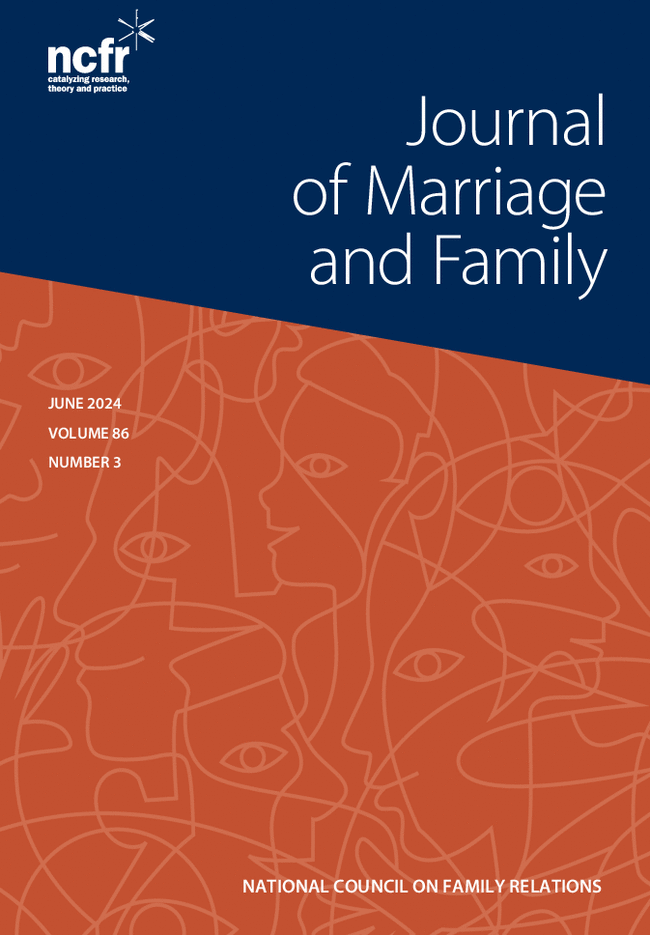下载PDF
{"title":"利用数学建模和患者特异性治疗轨迹可估算分层组织肿瘤中的癌症干细胞比例","authors":"Benjamin Werner, Jacob G Scott, Andrea Sottoriva, Alexander R A Anderson, Arne Traulsen, Philipp M Altrock","doi":"10.1158/0008-5472.CAN-15-2069","DOIUrl":null,"url":null,"abstract":"<p><p>Many tumors are hierarchically organized and driven by a subpopulation of tumor-initiating cells (TIC), or cancer stem cells. TICs are uniquely capable of recapitulating the tumor and are thought to be highly resistant to radio- and chemotherapy. Macroscopic patterns of tumor expansion before treatment and tumor regression during treatment are tied to the dynamics of TICs. Until now, the quantitative information about the fraction of TICs from macroscopic tumor burden trajectories could not be inferred. In this study, we generated a quantitative method based on a mathematical model that describes hierarchically organized tumor dynamics and patient-derived tumor burden information. The method identifies two characteristic equilibrium TIC regimes during expansion and regression. We show that tumor expansion and regression curves can be leveraged to infer estimates of the TIC fraction in individual patients at detection and after continued therapy. Furthermore, our method is parameter-free; it solely requires the knowledge of a patient's tumor burden over multiple time points to reveal microscopic properties of the malignancy. We demonstrate proof of concept in the case of chronic myeloid leukemia (CML), wherein our model recapitulated the clinical history of the disease in two independent patient cohorts. On the basis of patient-specific treatment responses in CML, we predict that after one year of targeted treatment, the fraction of TICs increases 100-fold and continues to increase up to 1,000-fold after 5 years of treatment. Our novel framework may significantly influence the implementation of personalized treatment strategies and has the potential for rapid translation into the clinic. Cancer Res; 76(7); 1705-13. ©2016 AACR.</p>","PeriodicalId":48440,"journal":{"name":"Journal of Marriage and Family","volume":"82 1","pages":"1705-13"},"PeriodicalIF":2.7000,"publicationDate":"2016-04-01","publicationTypes":"Journal Article","fieldsOfStudy":null,"isOpenAccess":false,"openAccessPdf":"https://www.ncbi.nlm.nih.gov/pmc/articles/PMC4900896/pdf/","citationCount":"0","resultStr":"{\"title\":\"The Cancer Stem Cell Fraction in Hierarchically Organized Tumors Can Be Estimated Using Mathematical Modeling and Patient-Specific Treatment Trajectories.\",\"authors\":\"Benjamin Werner, Jacob G Scott, Andrea Sottoriva, Alexander R A Anderson, Arne Traulsen, Philipp M Altrock\",\"doi\":\"10.1158/0008-5472.CAN-15-2069\",\"DOIUrl\":null,\"url\":null,\"abstract\":\"<p><p>Many tumors are hierarchically organized and driven by a subpopulation of tumor-initiating cells (TIC), or cancer stem cells. TICs are uniquely capable of recapitulating the tumor and are thought to be highly resistant to radio- and chemotherapy. Macroscopic patterns of tumor expansion before treatment and tumor regression during treatment are tied to the dynamics of TICs. Until now, the quantitative information about the fraction of TICs from macroscopic tumor burden trajectories could not be inferred. In this study, we generated a quantitative method based on a mathematical model that describes hierarchically organized tumor dynamics and patient-derived tumor burden information. The method identifies two characteristic equilibrium TIC regimes during expansion and regression. We show that tumor expansion and regression curves can be leveraged to infer estimates of the TIC fraction in individual patients at detection and after continued therapy. Furthermore, our method is parameter-free; it solely requires the knowledge of a patient's tumor burden over multiple time points to reveal microscopic properties of the malignancy. We demonstrate proof of concept in the case of chronic myeloid leukemia (CML), wherein our model recapitulated the clinical history of the disease in two independent patient cohorts. On the basis of patient-specific treatment responses in CML, we predict that after one year of targeted treatment, the fraction of TICs increases 100-fold and continues to increase up to 1,000-fold after 5 years of treatment. Our novel framework may significantly influence the implementation of personalized treatment strategies and has the potential for rapid translation into the clinic. Cancer Res; 76(7); 1705-13. ©2016 AACR.</p>\",\"PeriodicalId\":48440,\"journal\":{\"name\":\"Journal of Marriage and Family\",\"volume\":\"82 1\",\"pages\":\"1705-13\"},\"PeriodicalIF\":2.7000,\"publicationDate\":\"2016-04-01\",\"publicationTypes\":\"Journal Article\",\"fieldsOfStudy\":null,\"isOpenAccess\":false,\"openAccessPdf\":\"https://www.ncbi.nlm.nih.gov/pmc/articles/PMC4900896/pdf/\",\"citationCount\":\"0\",\"resultStr\":null,\"platform\":\"Semanticscholar\",\"paperid\":null,\"PeriodicalName\":\"Journal of Marriage and Family\",\"FirstCategoryId\":\"3\",\"ListUrlMain\":\"https://doi.org/10.1158/0008-5472.CAN-15-2069\",\"RegionNum\":1,\"RegionCategory\":\"社会学\",\"ArticlePicture\":[],\"TitleCN\":null,\"AbstractTextCN\":null,\"PMCID\":null,\"EPubDate\":\"2016/2/1 0:00:00\",\"PubModel\":\"Epub\",\"JCR\":\"Q1\",\"JCRName\":\"FAMILY STUDIES\",\"Score\":null,\"Total\":0}","platform":"Semanticscholar","paperid":null,"PeriodicalName":"Journal of Marriage and Family","FirstCategoryId":"3","ListUrlMain":"https://doi.org/10.1158/0008-5472.CAN-15-2069","RegionNum":1,"RegionCategory":"社会学","ArticlePicture":[],"TitleCN":null,"AbstractTextCN":null,"PMCID":null,"EPubDate":"2016/2/1 0:00:00","PubModel":"Epub","JCR":"Q1","JCRName":"FAMILY STUDIES","Score":null,"Total":0}
引用次数: 0
引用
批量引用


